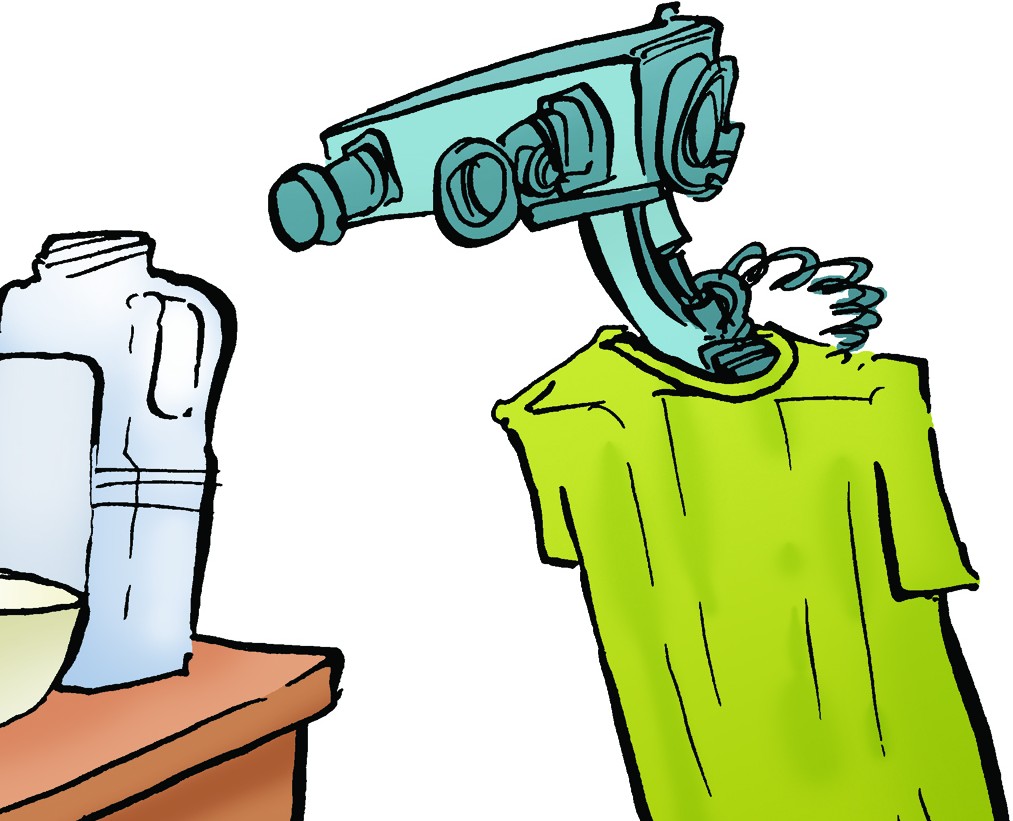Can a robot hear or only respond to a sound: Pushing the boundaries of robot sensory systems
This paper explains the rationale, design and evaluation of workshops for secondary school students which were developed by specialists in education, neuromorphic engineering and philosophy. The workshops were designed to introduce students to cutting edge research in neuroscience and robotics and to advance students’ technological literacy.
There is a vibrant area of activity in robotics, seeking to produce robots that can think and behave in ever more humanlike and sophisticated ways. Within this field, two main lines of development are being pursued. One of these is traditional, programming a digital computer to control a robot to perform particular behaviours. This line of development has been successful – even producing robots that are learning to recognise their own reflections, an accomplishment which would enable the robot to pass a test that is widely used to discern whether an entity is self-aware. The other line of development exploits plasticity in artificial analogue neurons to discover whether useful responses will emerge developmentally through exposure to stimuli.
In two interactive workshops which explored these case studies, students engaged with the following focus questions: Why would it be useful to have a robot that can hear? If you wanted to make a robot that can hear, what approach or design would you use? Can your robot hear, or merely respond to sound? How can more human-like behaviour be incorporated into robots?
The intended learning outcomes were for students to appreciate that some questions are more amenable to scientific methods than others and to appreciate that engineers can test for observable correlates of consciousness and not consciousness itself.
The workshops were run, evaluated and honed over several iterations in schools, on our campus during one-day events for schools and also as part of a residential course for students. Following each workshop, students completed evaluation surveys with a mix of open and closed questions. Students on the residential course also shared longer reflections by developing a website for the project. Analysis of the evaluation surveys show that students were highly engaged by the workshops and that students’ insights into the power and limits of science were significantly enhanced by the teaching. Qualitative analysis of students’ written responses to open questions provided a more in-depth picture of how students engaged with the ideas developed in the workshops.

